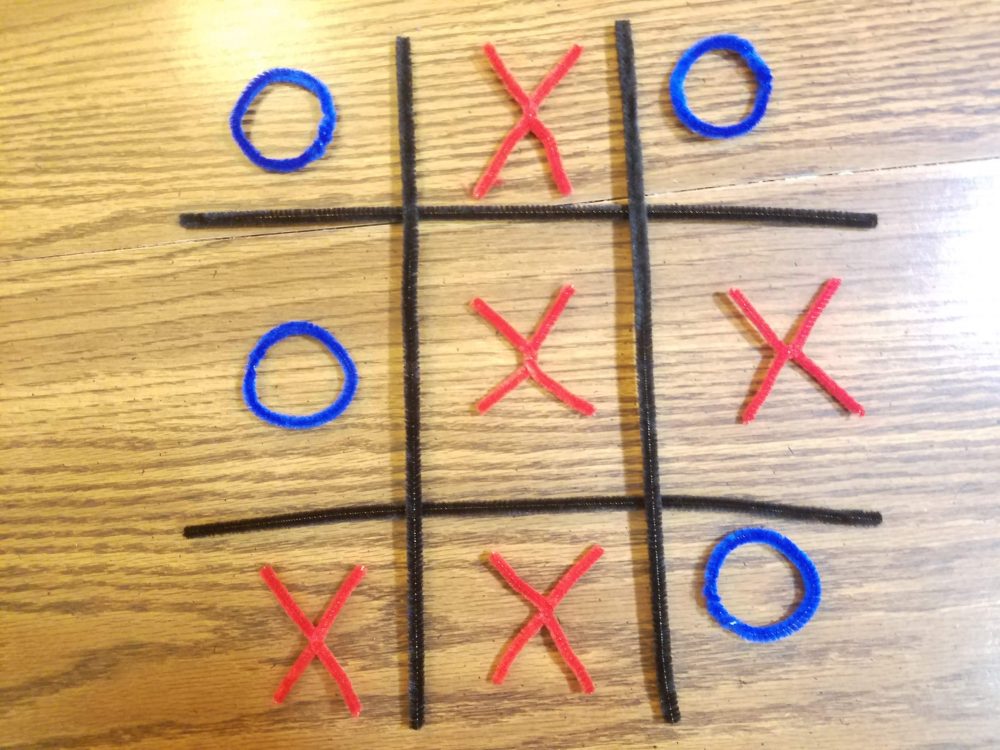

In the provided base repo you’ll find a folder named janus in the root directory. Provision Your Game ServerĪs mentioned above, instead of writing a game server from scratch – and having to include WebRTC core functionality – we will rely on an ready-to-use open source solution, the Janus WebRTC Server. We will add Signaling as part of our game server, which for this case will be open source Janus WebRTC Server. Since the game will run locally, we won’t need TURN (for now). These are the STUN/TURN servers and the Signaling server.įor this exercise we will use Google’s free STUN server. WebRTC requires a set of servers to achieve NAT traversal and allow the connecting peers to connect to each other. Today, we will build our tic tac toe game on top of these. If you recall from the previous post, we listed out the things to have in mind when creating your multiplayer game. Take a look at the installation instructions for each of these and come back when you’re ready. For the game server, we will use Docker and Docker Compose. If you want to follow along, switch to the code-along branch by running the following command in the same terminal window: git checkout code-alongįor running the application, you’ll need Node 16.

Open a terminal application, navigate to where you’d like to download the code and run the following command: git clone & cd webrtc-tic-tac-toe You’ll need git installed on your computer to do so. To begin with, start by cloning the repo. If you want to follow along, there is a branch where you can practice what you’ll learn here. We will use the web framework React, which will allow us to split the logic of the game into different components with their own state. The code of the game is written in JavaScript. Such settings are a topic on their own and will be covered in future posts. But other aspects, more related with a production-like setup, such as scaling, authentication and encryption will be left behind. To keep things simple, we will focus on showing how to use WebRTC for building your game, including things such as the configuration of the game server and managing connections from the client. Today we are going to put such a process into practice to create our very own Tic-Tac-Toe game powered by WebRTC. In How to Create Web-based Multiplayer Games with WebRTC, we described the process of creating a multiplayer video game using WebRTC.


 0 kommentar(er)
0 kommentar(er)
